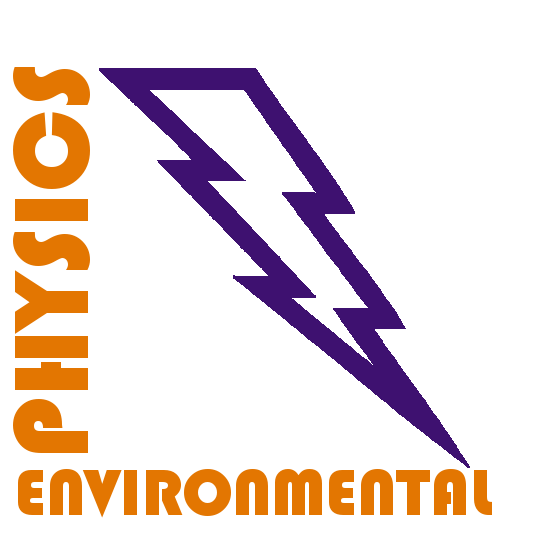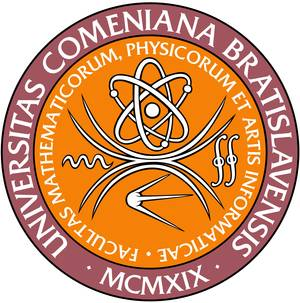| 1.) | Pang B.; Liu Z.; Zhang H. et al.:
Investigation of the chemical characteristics and anticancer effect of plasma-activated water: The effect of liquid temperature, PLASMA PROCESS. POLYM. 19 (1) e2100079 (2022) WoS
(2022)
------------- |
| 2.) | Nasri Z; Bruno G; Bekeschus S; Weltmann KD ; von Woedtke T; Wende K: Development of an electrochemical sensor for in-situ monitoring of reactive species produced by cold physical plasma; SENSORS AND ACTUATORS B-CHEMICAL 326, 129007 (2021)
(2021)
------------- |
| 3.) | Nejat F.; Jadidi K.; Aghamollaei H. et al.: The assessment of the concentration of candidate cytokines in response to conjunctival-exposure of atmospheric low-temperature plasma in an animal model, BMC OPHTHALMOLOGY 21 (1) 417 (2021) WoS
(2021)
------------- |
| 4.) | Brany D.; Dvorska D.; Strnadel J. et al.: Effect of Cold Atmospheric Plasma on Epigenetic Changes, DNA Damage, and Possibilities for Its Use in Synergistic Cancer Therapy, INT. J. MOLECULAR SCI. 22 (22) 12252 (2021) WoS
(2021)
------------- |
| 5.) | Sremacki I.; Kos S.; Bosnjak M. et al.
Plasma Damage Control: From Biomolecules to Cells and Skin; ACS APPL. MATERIALS & INTERFACES 13 (39) 46303-46316 (2021) WoS
(2021)
------------- |
| 6.) | Sardella E.; Mola M.G.; Gristina R. et al.: A Synergistic Effect of Reactive Oxygen and Reactive Nitrogen Species in Plasma Activated Liquid Media Triggers Astrocyte Wound Healing; INTER. J. MOLECULAR SCIENCES 21 (9) 3343, WoS
(2020)
------------- |
| 7.) | Braný D.; Dvorská D.; Halašová E.; Škovierová H.: Cold atmospheric plasma: A powerful tool for modern medicine. International J. Molecular Sciences 21 (8) 2932 (2020); SCOPUS
(2020)
------------- |
| 8.) | Narayanan D.; Ma S.; Ozcelik D.: Targeting the Redox Landscape in Cancer Therapy; CANCERS 12(7) 1706 (2020)
(2020)
------------- |
| 9.) | Attri P; Park JH; De Backer J; Kim M; Yun JH; Dewilde S; Shiratani M ; Choi, EH; Lee W; Bogaerts A: Structural modification of NADPH oxidase activator (Noxa 1) by oxidative stress: An experimental and computational study; INT. J. BIOLOGICAL MACROMOLECULES 163, 2405-2414 (2020)
(2020)
------------- |
| 10.) | Kawasaki T; Koga K; Shiratani M: Experimental identification of the reactive oxygen species transported into a liquid by plasma irradiation; Jpn. J. Appl. Phys. 59(11) 110502 (2020) WoS
(2020)
------------- |
| 11.) | Frescaline N; Duchesne C; Favier M; Onifarasoaniaina R; Guilbert T; Uzan G; Banzet S; Rousseau A; Lataillade JJ: Physical plasma therapy accelerates wound re-epithelialisation and enhances extracellular matrix formation in cutaneous skin grafts; J. Pathol. 252(4), 451-464 (2020) WoS
(2020)
------------- |
| 12.) | Haralambiev L; Neuffer O; Nitsch A; Kross NC; Bekeschus S; Hinz P; Mustea A; Ekkernkamp A; Gumbel D; Stope MB: Inhibition of Angiogenesis by Treatment with Cold Atmospheric Plasma as a Promising Therapeutic Approach in Oncology; Int. J. Mol. Sci. 21(19), 7098 (2020) WoS
(2020)
------------- |
| 13.) | Omran AV; Busco G; Ridou L; Dozias S; Grillon C; Pouvesle JM; Robert E: Cold atmospheric single plasma jet for RONS delivery on large biological surfaces; Plasma Sources Sci. Technol. 29(10), 105002 (2020) WoS
(2020)
------------- |
| 14.) | Moreira JD; Schwartz L; Jolicoeur M: Targeting Mitochondrial Singlet Oxygen Dynamics Offers New Perspectives for Effective Metabolic Therapies of Cancer; Front. Oncol. 10, 573399 (2020) WoS
(2020)
------------- |
| 15.) | Bengtson C; Bogaerts A: On the Anti-Cancer Effect of Cold Atmospheric Plasma and the Possible Role of Catalase-Dependent Apoptotic Pathways; Cells 9(10) 2330 (2020) WoS
(2020)
------------- |
| 16.) | Dai XF; Bazaka K; Thompson EW; Ostrikov K; Cold Atmospheric Plasma: A Promising Controller of Cancer Cell States; Cancers 12(11) 3360 (2020) WoS
(2020)
------------- |
| 17.) | Privat-Maldonado A., Bengtson C., Razzokov J., Smits E., Bogaerts A.: Modifying the tumour microenvironment: Challenges and future perspectives for anticancer plasma treatments. Cancers 11 (12) (2019) 1920, SCI; SCOPUS
(2019)
------------- |

